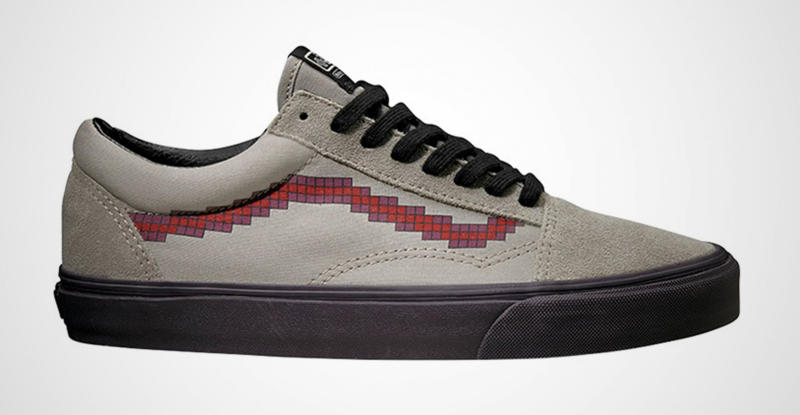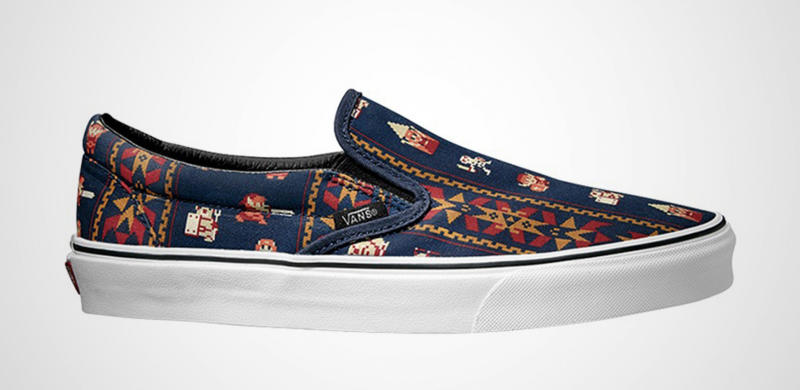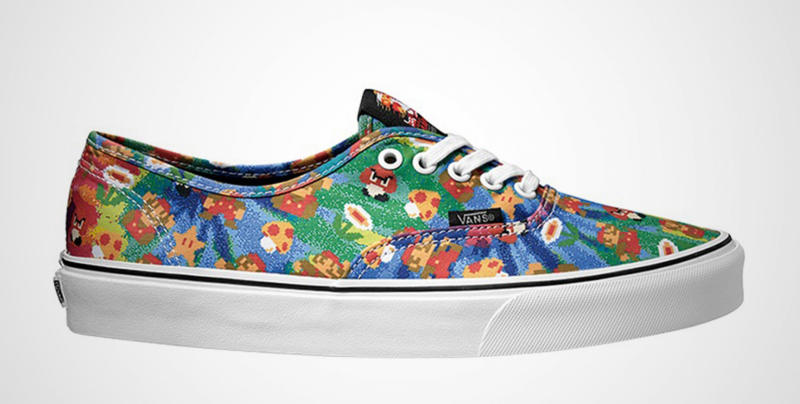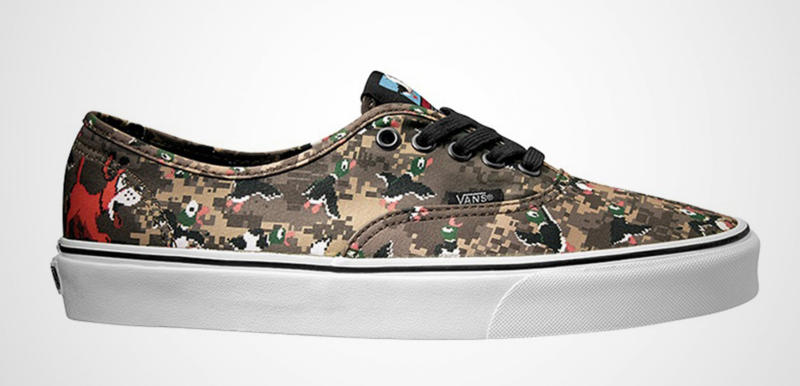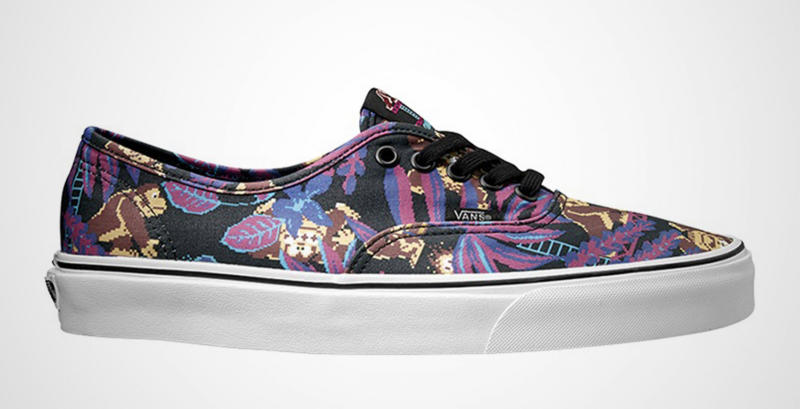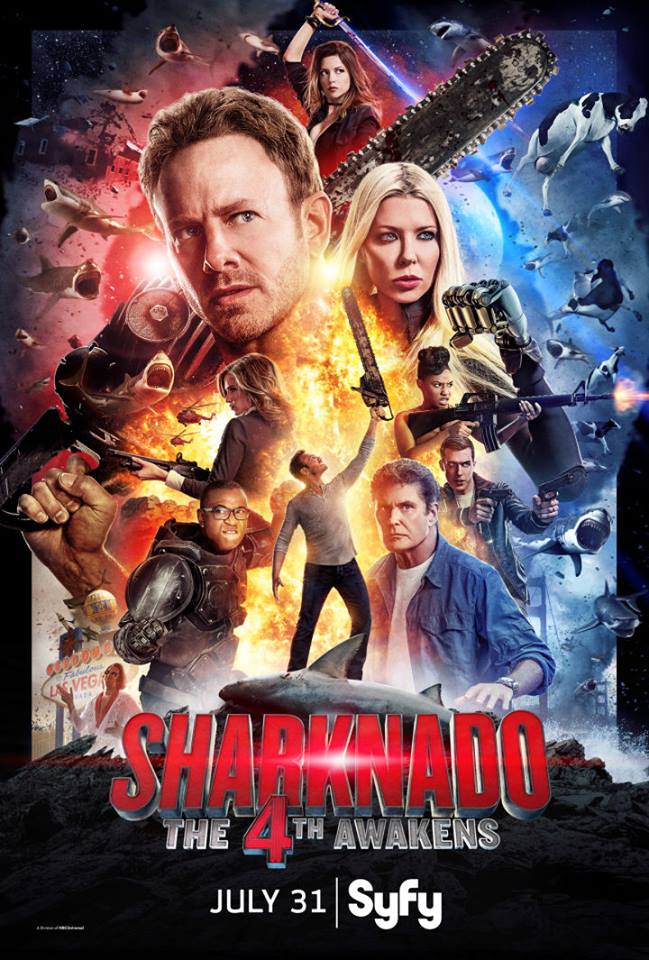Corsair has been a major brand in high-performance computer upgrades like liquid cooling solutions and fast memory for over twenty years, but it has only recently entered into creating gaming-related peripherals. In the two years since Corsair Gaming first launched, it has grown into the third most popular brand of PC gaming peripherals in the world, rivaling well-known names like Logitech and Razer, while remaining one of the top computer component manufacturers.
That success is largely attributed to the company’s loyal fan base and the work of Corsair’s marketing team, including Greg Agius, director of marketing for Corsair Gaming, and his team of social media and eSports experts. Agius has a long history with the gaming industry, having worked at Activision marketing games and at Razer before coming to Corsair in 2014. Corsair Gaming has tripled in size since then, and the company is just getting started.
[a]listdaily speaks to Agius about the challenges of introducing a company, once focused exclusively on hardware for enthusiast builders, into the gaming space using social media and eSports to generate awareness.
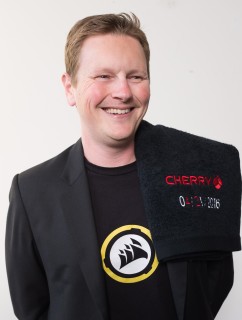 How did Corsair Gaming start?
How did Corsair Gaming start?
When talking about DIY customers who build their own PCs, we’ve done well in a number of different markets including cases, power supplies and liquid cooling (liquid cooling being a category the Corsair invented). But expanding into the PC peripheral space was an exciting opportunity, because you have a lot of people who want to buy great gaming gear to compete in eSports, or just do better in general when playing against their buddies. That market is reaching over $1 billion now.
Gaming is kind of a different animal. Most notably, you have Razer which has kind of mastered that market. DIY PC builders is one audience, but those who would buy a keyboard, mouse, or headset to play Counter-Strike: Global Offensive or League of Legends is a different crowd. Obviously, some of that crowd is shared, but there’s a large number on the gaming side who would rather buy their own PCs than build it, and it’s a much larger audience. It was an interesting market to go after, and there has been a lot of growth thanks to eSports.
There was also a realization that our engineering prowess is really well known in the community of build-it-yourself PC people, and that’s a really close-knit community. As an engineering-focused company, Corsair knew that crowd very well, but gaming was different enough to require different tactics, people, and strategy to approach that market. So, that’s why we created Corsair Gaming. Not only the product line, but the people that we hired, many who came from gaming peripheral companies or a pure gaming background, like myself. We brought along the marketing and social media expertise to surface what we were doing in the gaming space to the consumer who has never heard of Corsair before.
Ironically, that original engineering focus has been valuable because it gave us great authenticity. If you’re a company that’s making regular mice and keyboards for offices, but then try to slap a gaming label on your product, that’s not authentic. But, as a member of my social media team coined, “we’ve been like the nuclear arms dealer to the PC Master Race for the past 20 years.” That’s great credibility, and we took that story and put it in front of gamers to say that we were putting that same engineering prowess toward keyboards and mice.
Did Corsair’s history with marketing computer hardware make it easy to promote gaming peripherals?
Yes and no. The challenge almost comes internally when you’re working with an engineering-focused company. A lot of people from that mindset don’t appreciate the effort and work it takes to invest in the assets required to put new products in front of a gaming audience.
We had to prove how much activity we could get and how many impressions we could generate against this audience when we put in the time to build these assets. That was a great catalyst for saying to an executive manager, “Hey, let’s build a social media team,” and convince them to get someone who will spend the bulk of his time engaging with the community on Reddit, or bringing in an agency to help with social media in Europe. All of that has been newly built. We have a team now that is focused on social media, influencer and eSports marketing. None of that really existed at the company before.
The other challenge was in having a fervent fan base that was small in comparison to the market for gaming peripherals. So, we found that community engagement pieces have been really valuable. When we interacted with that larger gaming community, we had a core base of players who were passionate fans of Corsair. They took our side and helped sell our story to those who weren’t familiar with us.
Did the Corsair brand have to change to appeal to gamers?
When Corsair first came into the market, it thought, “If we want to go after gamers, we’ve got to be a little edgier.” They saw what Razer or SteelSeries looked like in the space, while Corsair still had more of a corporate look. So, they came up with a different logo for the gaming line, which was two swords crossed together. But when we came to market with the crossed swords logo, the hardcore fans who followed us for twenty years were pretty upset because they knew and loved the brand. So, the logo turned into sharp sails, which was an updated version of the original (rounder sail) logo.
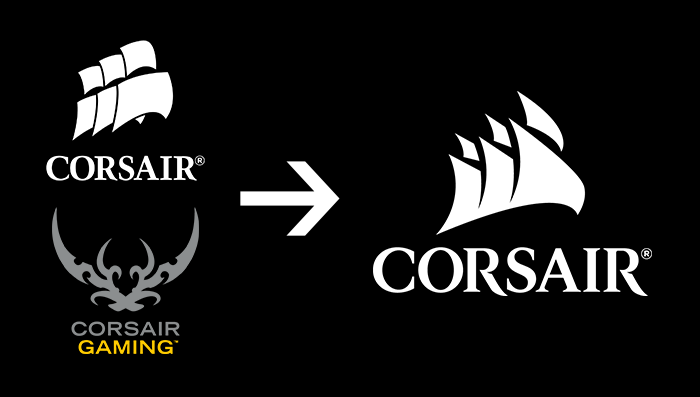
It became a great exercise in finding ourselves, because gamers appreciated us, liked our story and liked our authenticity. We didn’t need to fake it—we just needed to be ourselves, providing something quite different to the market, and not trying to emulate another brand. The net effect of that was modernizing our logo, and the fan reaction to that was immensely positive. Getting that brand piece right was the first challenge that solidified us.
Because we didn’t have a dedicated social media team, the company didn’t appreciate the true depth of passion that was out there for the brand already. These fans knew and loved the sails for so long that they didn’t want to go out there to push and help promote a brand that had a completely different look than what they were used to. So, when we brought everything under the new logo, it brought everyone together in a positive way.
How has Corsair Gaming worked to get the word out about its products?
The influencer scene has also been fantastic, so we went out there and put together a global team of influencers to bring our brand to new audiences. One of our best known is BajeeraWoW, who is probably the most well-known World of Warcraft streamer right now. We formed a partnership with him to promote a new MMO mouse before the product was even announced, and having him at BlizzCon was a big deal for promoting it. We’re big believers in going to PAX and BlizzCon, where the company hadn’t been before.
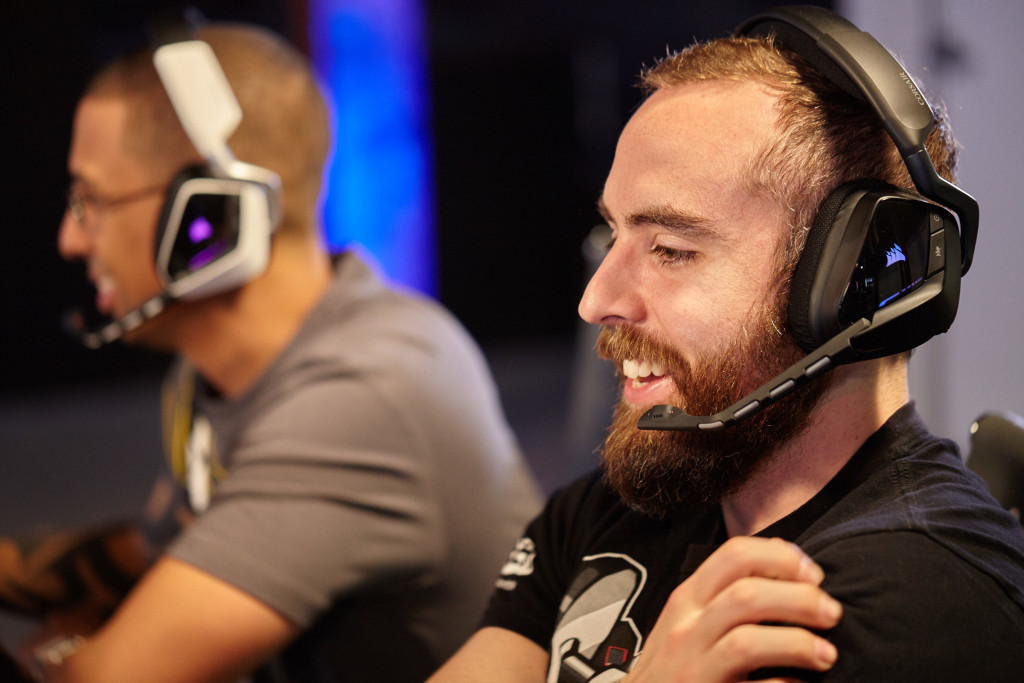
And, as I mentioned, we built a social media team, which has been a fantastic engine of visibility for the company. We don’t have a huge marketing spend budget, so we rely on social media to deliver a lot of impressions. Even in this age of pay-to-play on Facebook, we’ve done remarkably well doing millions of impressions per month through creative social content.
We’ve worked to become a helpful member of the community, instead of using a “sale-sy” approach that a lot of brands tend to push. For example, a member of our team, George Lampard (who goes by the Reddit handle “GloriousGe0rge”) has become a kind of fixture on the PCMR [PC Master Race] subreddit, which has over 500,000 subscribers.
Reddit is a notoriously difficult social media platform for brands, because sale-sy marketing simply won’t work. We don’t have him doing any of that. We’re really out there to celebrate our fans and to help them where possible. He made a cake for the subreddit’s fifth birthday, and that went over tremendously well. There were over 18,000 comments on that thread. Getting us out there as a positive member of the community creates a lot of goodwill, and that has paid dividends for us when people engage with this community, looking for a word-of-mouth recommendation for what keyboard to buy. We’re winning those hearts and minds.
We take an “it’s not what the community can do for us, it’s what we can do for the community” approach. If we get out there and have a lot of goodwill, we’re going to win that word-of-mouth marketing effort.
What is your approach toward launching a new product?
Corsair just launched a new Rapidfire keyboard at PAX East. We’ve developed a pretty sophisticated playbook for bringing products to market and creating a lot of enthusiasm at launch. That’s a playbook I’ve adapted from video game launches, where you’re trying to get a big bang out of the gate, because you need to have great first-month sales. Gaming peripherals are different because those products are going to be on the market for years, but you still want to get retailers on board and have that great enthusiasm at launch to get everyone excited.
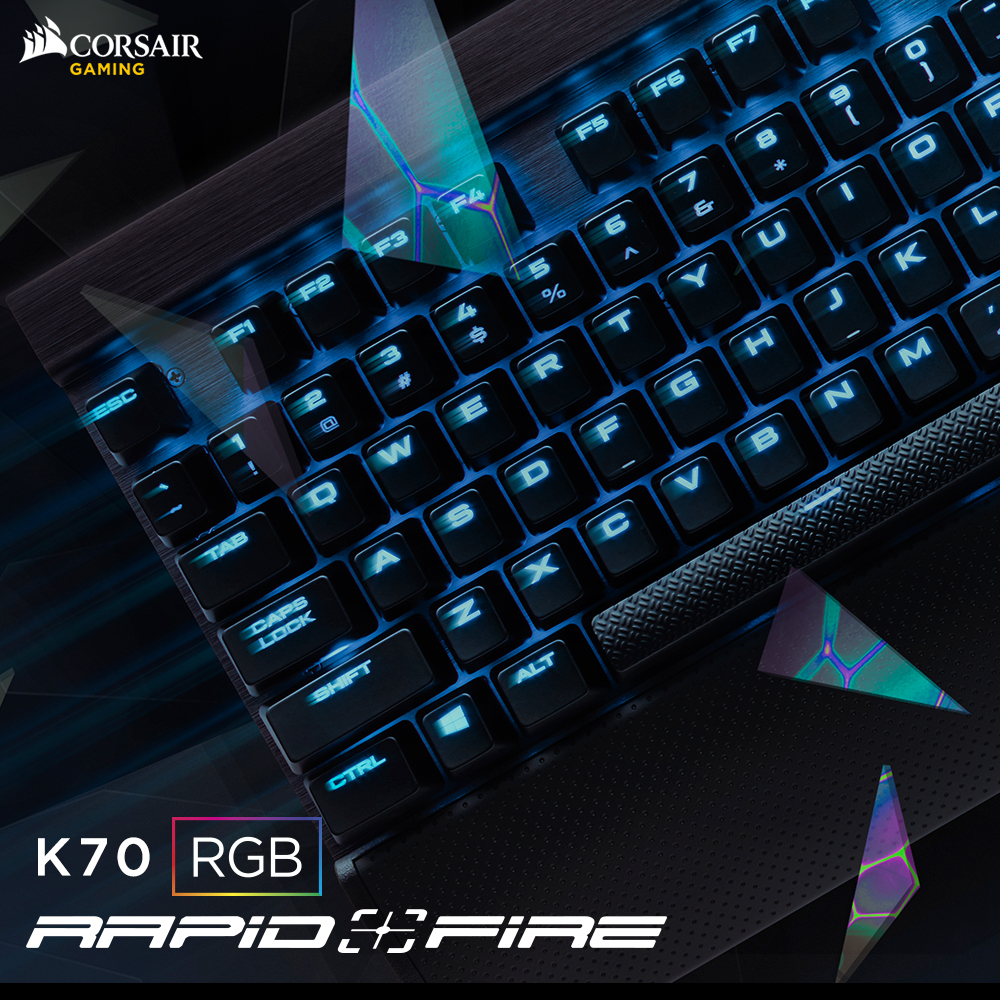
Developing that playbook has been something that I’ve been working on internally, and it involves everything from how we pre-brief the press, to how we have good social media activity ready at launch, and launching the product at an event like PAX East. We also get great Twitch programming by sponsoring the Twitch party and having a segment on Twitch, or by having influencers with the product in-hand at launch. Bringing all that together, we had a record-breaking launch for a product that is clearly targeted toward an eSports crowd.
What makes Corsair brand of peripherals stand out, and how do you overcome the competition’s loyal fan bases?
What differentiates us is that we’re very PC gaming focused. We’re not looking to sell anyone a watch, and we don’t have anything in our category that speaks to somebody trying to buy a keyboard for their office. We’re focused on making great stuff for PC gaming, and we’ve brought a lot of innovation to the forefront as a result, including the Rapidfire keyboard and an MMO mouse with a key slider for the macro buttons on the side, so you can adjust your grip. Those have been great, because if you’re coming into a market, you need to have something that’s different to win those people over.
Create remarkable, innovative, products that are worth talking about—and not just “me too” stuff—and that will help get you attention. The company is also uncompromising in the quality of materials that we choose. Where other brands have switched to Chinese-made mechanical keys, we’ve forged a great relationship with Cherry, and that’s what gamers know and trust. Cherry is the best, most well-known, and respected brand, so we’ve really leveraged that relationship. Beyond the Cherry keys, we use an aluminum frame, and gamers really love that durable build quality. So, superior value and better innovation has gotten us a lot of respect. When you can build social media assets or PR around those specific features, it creates a great combination.
What do you think contributed to Corsair’s fast-rising success?
The company, without hesitation, listens to its consumers. The logo example is the biggest one that sticks to mind. We put a lot of effort to create a new sub-brand with a different logo—think about all the products and websites it was on. When we got the feedback from our hardcore base that this isn’t what they wanted, the company made the change immediately, despite the costs.
I would say that even the inspiration for our products come out of our user comments. We created the Strafe silent keyboard because of all the fans who wrote about how they loved mechanical keyboards, but their officemates or family complained about them. So, we came out with a “don’t wake the baby” keyboard, which offers the same mechanical key performance, but with the lowest noise possible.
How has Corsair Gaming taken advantage of the immense growth of eSports?
Early on, we built a network of sponsored teams. Our biggest team we sponsor is Dignitas, and we’ve had a good partnership with them over the last two years.
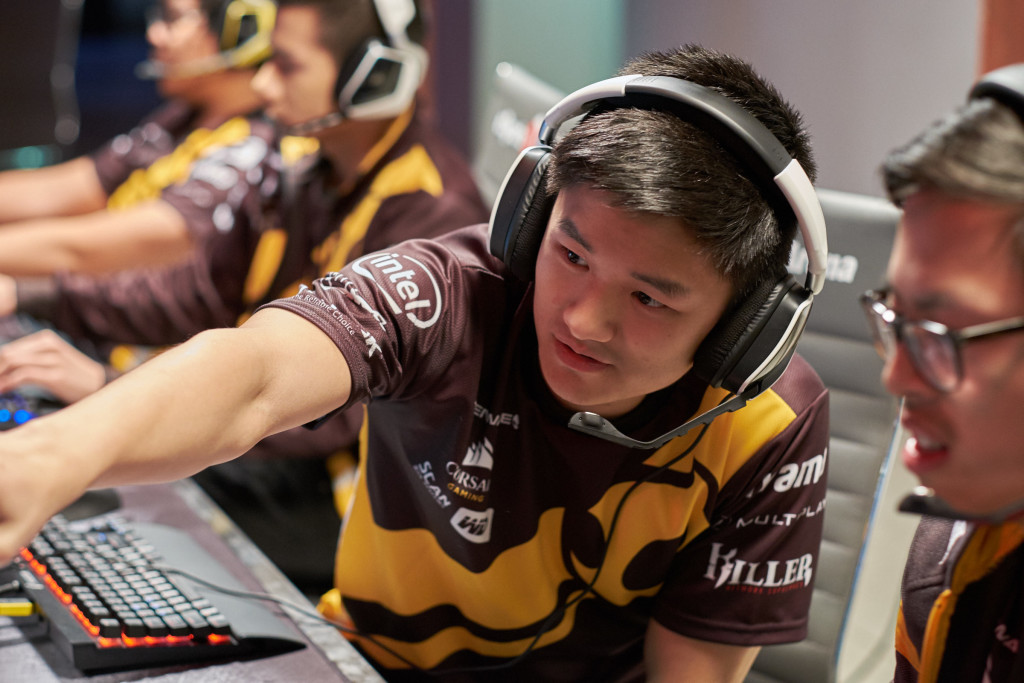
As far as taking advantage of the growth, it’s about that education factor. You wouldn’t go out onto a golf course with one of those old golf clubs your dad used to have with the small head, right? You want the Big Bertha. So, we emphasize performance first. We offer a performance advantage. If you want to have the most fun and to be the most competitive, you should have competitive gaming gear.
We think the vast majority of people playing games like League of Legends or CS:GO have yet to purchase a dedicated gaming peripheral, which is a great opportunity, as more people figure out that getting a better mouse offers a competitive advantage. There’s a lot of adoption still to come, and I think we’re still early on in consumer acquisition.
What direction do you think Corsair’s promotion will focus on in the future?
I think a lot more work can be done with the people watching Twitch every day. If you’re thirteen- or fourteen-years-old, you’re not watching cable, you’re watching Twitch. Being involved with that and the eSports community, and being seen as a recognized brand in that space, is very important for our future. If you’re an older brand who hasn’t found a way to connect with that consumer, you’re going to find yourself being aged out of the market.
With upcoming products like the Lapdog, do you see PC gaming making a big move to living rooms in the future?
Yes, I definitely think there’s going to be an audience for that. That and virtual reality will lead to some interesting shakeups to PC gaming in the not-too-distant future. It’s been a desktop world for a long time, and it’ll be interesting to see how different the market looks in a couple years from now.
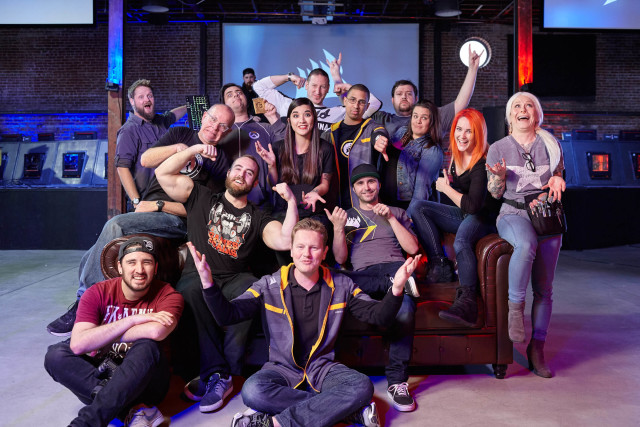
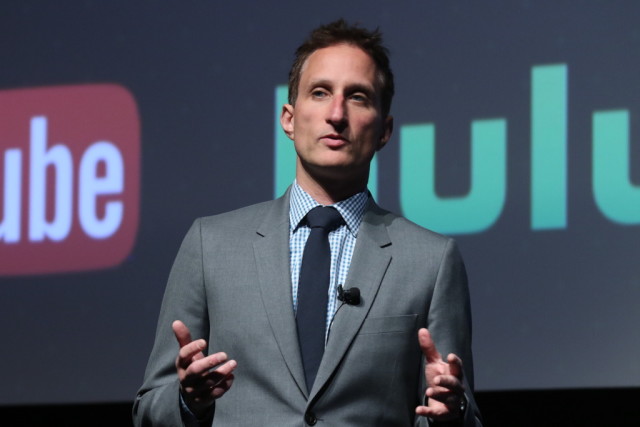
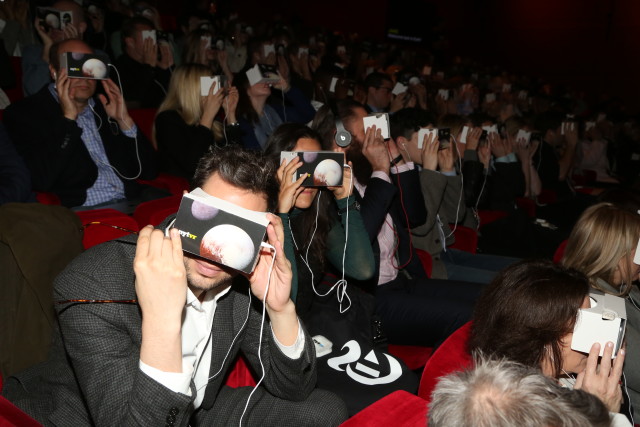
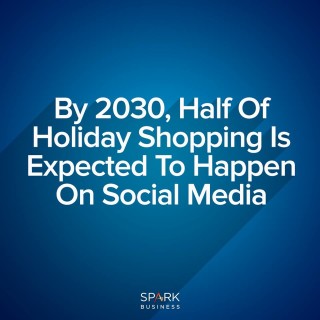
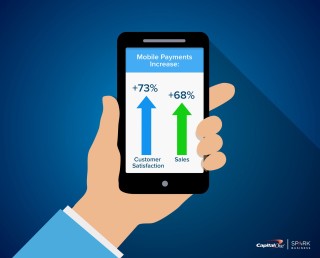
 How did Corsair Gaming start?
How did Corsair Gaming start?





